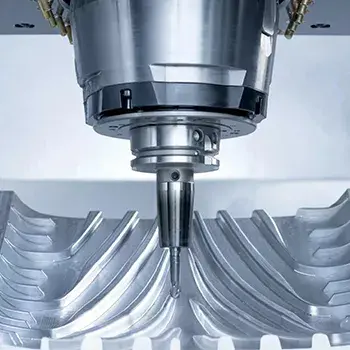From Rust to Radiance: Choosing the Right Metal Surface Finish
Posted by qocsuing jack
Filed in Card Games 0 views
Metal surface treatment is a critical process in modern manufacturing and engineering. It enhances the durability, appearance, corrosion resistance, and overall performance of metal components. Whether in aerospace, automotive, electronics, or construction, selecting the right surface treatment can significantly extend a product’s lifespan and functionality.To get more news about Metal Surface Treatment, you can visit jcproto.com official website.
Let’s explore the most effective and widely used metal surface treatment methods today, along with their benefits and applications.
1. Electroplating
Electroplating involves depositing a thin layer of metal—such as nickel, chromium, or zinc—onto the surface of a base metal using an electric current. This process improves corrosion resistance, enhances appearance, and can even improve electrical conductivity.
Applications: Automotive parts, electronics, jewelry
Advantages: Smooth finish, corrosion protection, decorative appeal
2. Anodizing
Anodizing is an electrochemical process that thickens the natural oxide layer on the surface of metals like aluminum. This layer is highly resistant to corrosion and wear and can be dyed in various colors for aesthetic purposes.
Applications: Aerospace components, consumer electronics, architectural panels
Advantages: Durable finish, color customization, improved adhesion for paints
3. Powder Coating
Powder coating involves applying a dry powder to a metal surface and then curing it under heat to form a hard, protective layer. It is known for its excellent resistance to chipping, scratching, and fading.
Applications: Appliances, outdoor furniture, automotive wheels
Advantages: Eco-friendly, uniform finish, long-lasting protection
4. Galvanizing
Galvanizing is the process of coating steel or iron with a layer of zinc to prevent rusting. The most common method is hot-dip galvanizing, where the metal is submerged in molten zinc.
Applications: Fencing, structural beams, highway guardrails
Advantages: Excellent corrosion resistance, cost-effective, long service life
5. Passivation
Passivation is a chemical treatment that removes free iron from stainless steel surfaces and enhances the formation of a protective oxide layer. This process boosts corrosion resistance without altering the metal’s appearance.
Applications: Medical devices, food processing equipment, marine hardware
Advantages: Non-reactive surface, improved cleanliness, extended durability
6. PVD Coating (Physical Vapor Deposition)
PVD is a vacuum-based coating process that deposits thin films of materials like titanium nitride onto metal surfaces. It’s used when high hardness, wear resistance, and decorative finishes are required.
Applications: Cutting tools, watches, aerospace parts
Advantages: High hardness, low friction, attractive finish
7. Sandblasting and Shot Peening
These mechanical treatments involve bombarding the metal surface with abrasive particles (sandblasting) or small spheres (shot peening). They clean the surface, remove contaminants, and improve fatigue resistance.
Applications: Pre-treatment before painting, aerospace components, automotive springs
Advantages: Surface cleaning, stress relief, improved adhesion
Choosing the Right Treatment
The ideal surface treatment depends on several factors:
Material type: Some treatments are specific to certain metals (e.g., anodizing for aluminum).
Environmental exposure: Corrosive environments require robust protection like galvanizing or powder coating.
Functionality: Components needing wear resistance may benefit from PVD or hard anodizing.
Aesthetics: For decorative purposes, electroplating or anodizing with color options may be preferred.
Cost and scalability: Simpler methods like painting or passivation may be more economical for large-scale production.
